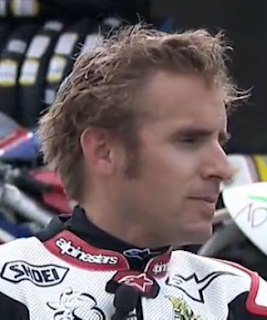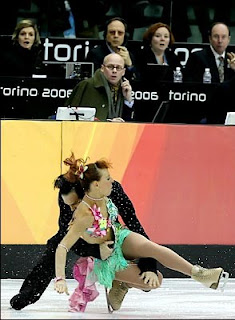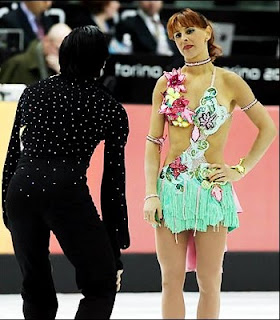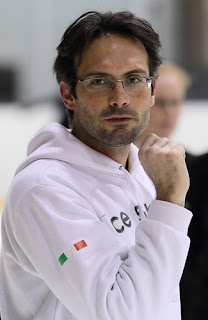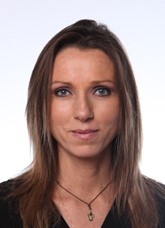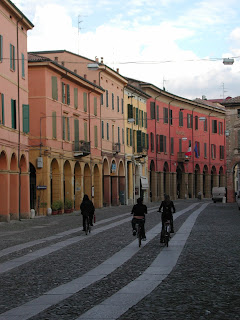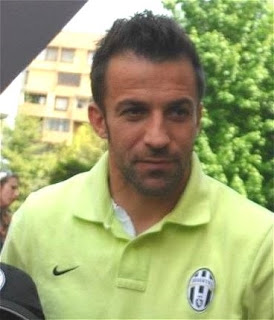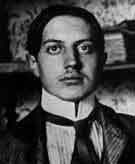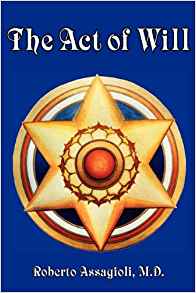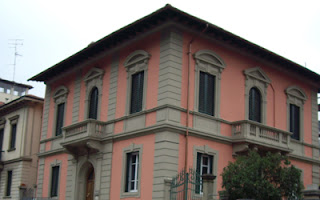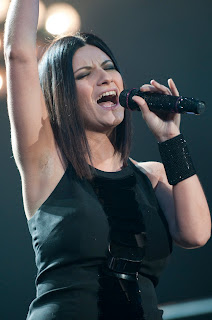Ex-Formula One star still winning prizes
 |
| Former F1 racing driver Jarno Trulli now produces wine from his Abruzzo vineyard |
Trulli competed in Formula One from 1997 until 2011, competing in more than 250 Grand Prix. He enjoyed his most successful season in 2004, when he represented the Mild Seven Renault team and finished sixth in the drivers’ championship.
He retired from racing in 2014-15 to focus on his winemaking business, which he had established while still competing and which now produces more than 1.2 million bottles every year.
Trulli’s Podere Castorani vineyard, situated near the village of Alanno, some 35km (22 miles) inland of Pescara, focuses largely on wines made from Abruzzo’s renowned Montepulciano grapes.
Although he was familiar with vineyards as a boy - his grandfather was a winemaker - Trulli’s parents were motorsports fans and named him after a Finnish Grand Prix motorcycling champion, Jarno Saarinen, who had been killed at the Monza circuit the year before Trulli was born.
Trulli began kart racing at the age of seven and by 17 was Karting World Champion.
 |
| The Renault car that Trulli drove to victory at the 2004 Monaco Grand Prix, his only success in Formula 1 |
His F3 success led to him being handed a drive for Minardi in the 1997 F1 season, soon switching to the Prost team to replace an injured driver. He impressed by finishing fourth in the German GP at Hockenheim.
As an F1 driver, he was a respected figure renowned for his skill in qualifying, regularly achieving better grid positions than rivals with superior cars to his own.
On the track, he excelled in a defensive driving style which allowed him successfully to hold off quicker drivers, sometimes for an entire race. Often starting from high grid positions in comparatively slow cars, his skill in denying quicker cars the chance to pass him often resulted in a line of vehicles forming behind him during a race. Commentators began to refer to these lines of frustrated rivals as forming a ‘Trulli Train'.
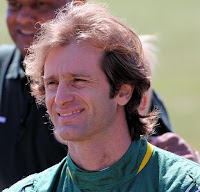 |
| Trulli was a very capable driver who was difficult to pass |
He won just one Grand Prix, although it was a memorable one. At Monaco in 2004, driving a Renault, Trulli achieved the first pole position of his career after setting a circuit record for the fastest lap.
Pole position had regularly failed to produce the winner at the Monaco street circuit but in the event Trulli beat the British driver Jenson Button to the first corner and led almost throughout, surrendering first place only briefly - to Michael Schumacher - before coming home almost half a second ahead of Button with Rubens Barrichello third.
It was with the encouragement of his father that Trulli invested in a future in the wine business.
In partnership with his manager, Lucio Cavuto, who also had a winemaking background, Trulli bought the Podere Castorani estate, which dates back to 1793, in 1999.
 |
| The label on Trulli's Castorani wines |
Podere Castorani wines regularly win prizes and the vineyard was named Winery of the Year in the London Wine Competition in 2018. Among Trulli's most successful wines are his Jarno Rosso and Majolica, two full-bodied reds made from Montepulciano grapes.
Trulli has generated orders for his company’s wines all over the world, capitalising on his fame as a racing driver by setting up promotion events to coincide with Grand Prix dates.
Married to Barbara, Trulli has two sons, Enzo, born in 2005 and named after Jarno’s father, and Marco, who was born in 2006.
 |
| A typical narrow street in medieval Alanno |
Alanno is a medieval village situated in the hills between the Cigno stream and the Aterno-Pescara river, some 25km (16 miles) from the ancient city of Chieti. The most important landmark of Alanno is the Renaissance church of Santa Maria delle Grazie, built around 1485, which was built on a sacred site overlooking a valley 3km (2 miles) outside the town. There are also the remains of the village’s castle and medieval walls. The Wildlife Oasis of Alanno is home to many species of wild birds.
 |
| The birthplace of Gabriele D'Annunzio in Pescara |
Pescara, a city of almost 120,000 people on the Adriatic in the Abruzzo region, is known for its 10 miles of clean, sandy beaches, yet is only 50km (31 miles) from the Gran Sasso mountain range, the snow-capped peaks of which are visible even from the coast on a clear winter’s day. The city is the birthplace of the poet, patriot and military leader, Gabriele D’Annunzio. His childhood home, the Casa Natale di Gabriele D’Annunzio, which can be found in the historic centre of the city on the south side of the Fiume Pescara, which bisects the city, houses a museum about his life and works. The Museo delle Genti d'Abruzzo has exhibitions on regional industries like ceramics and olive oil. Pieces by Miró and Picasso are on view at the Vittoria Colonna Museum of Modern Art.
More reading:
How Alex Zanardi went from F1 star to paralympic athlete
Giamperi Moretti - racing driver turned entrepreneur
Elio de Angelis, the last of the 'gentleman racers'
Home

